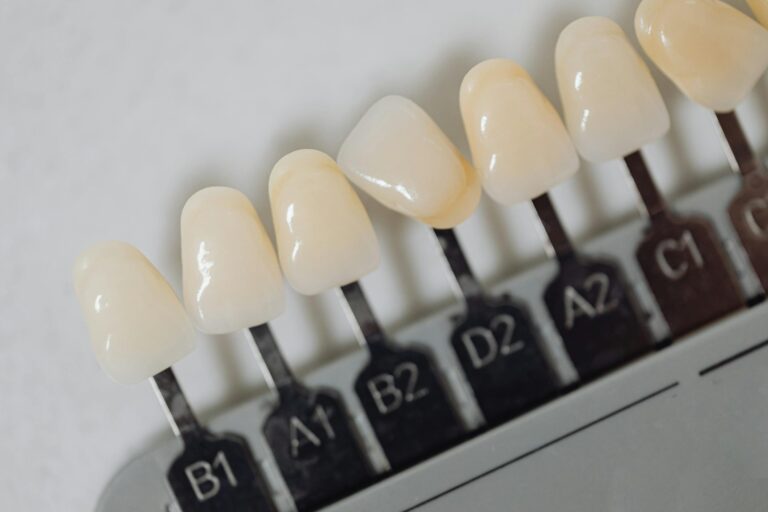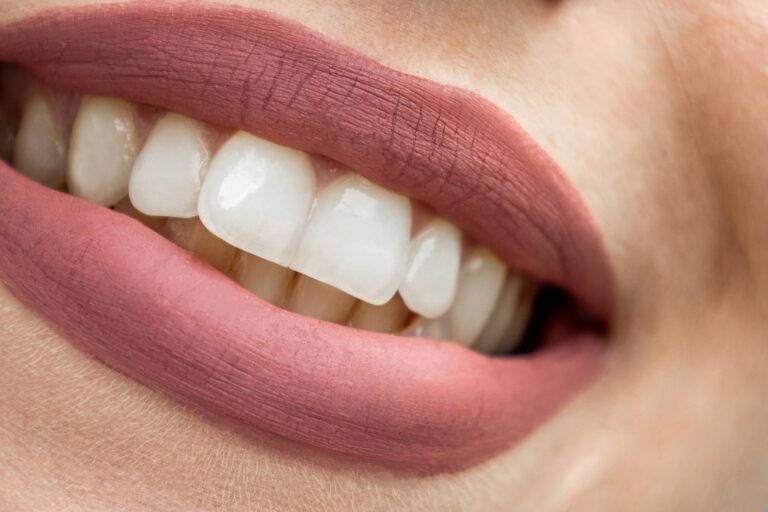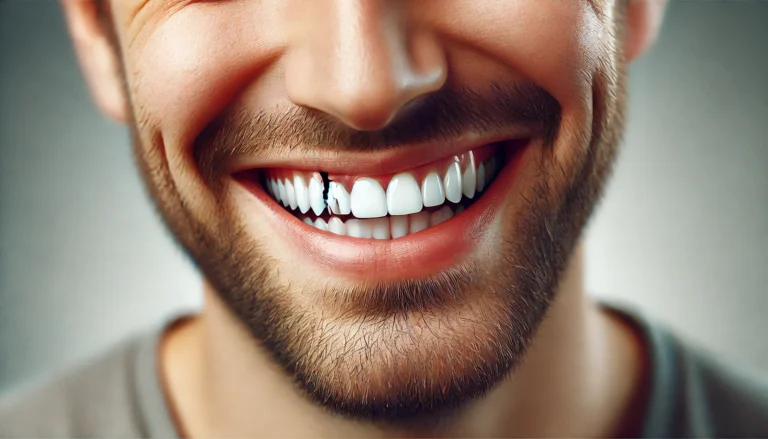
If one seeks a quick and effective method to improve their smile, dental bonding may be the ideal solution. This widely-used cosmetic procedure can address a range of dental imperfections, including minor chips, gaps, and even discoloration.
In this article, we will delve into what dental bonding entails, how the procedure is carried out, and the numerous benefits it offers. Additionally, we will discuss potential risks, candidacy requirements, and essential care tips to help ensure that your bonded teeth maintain their appearance.
Continue reading to determine whether dental bonding for crooked teeth might be the right choice for enhancing your smile.
What Is Dental Bonding?
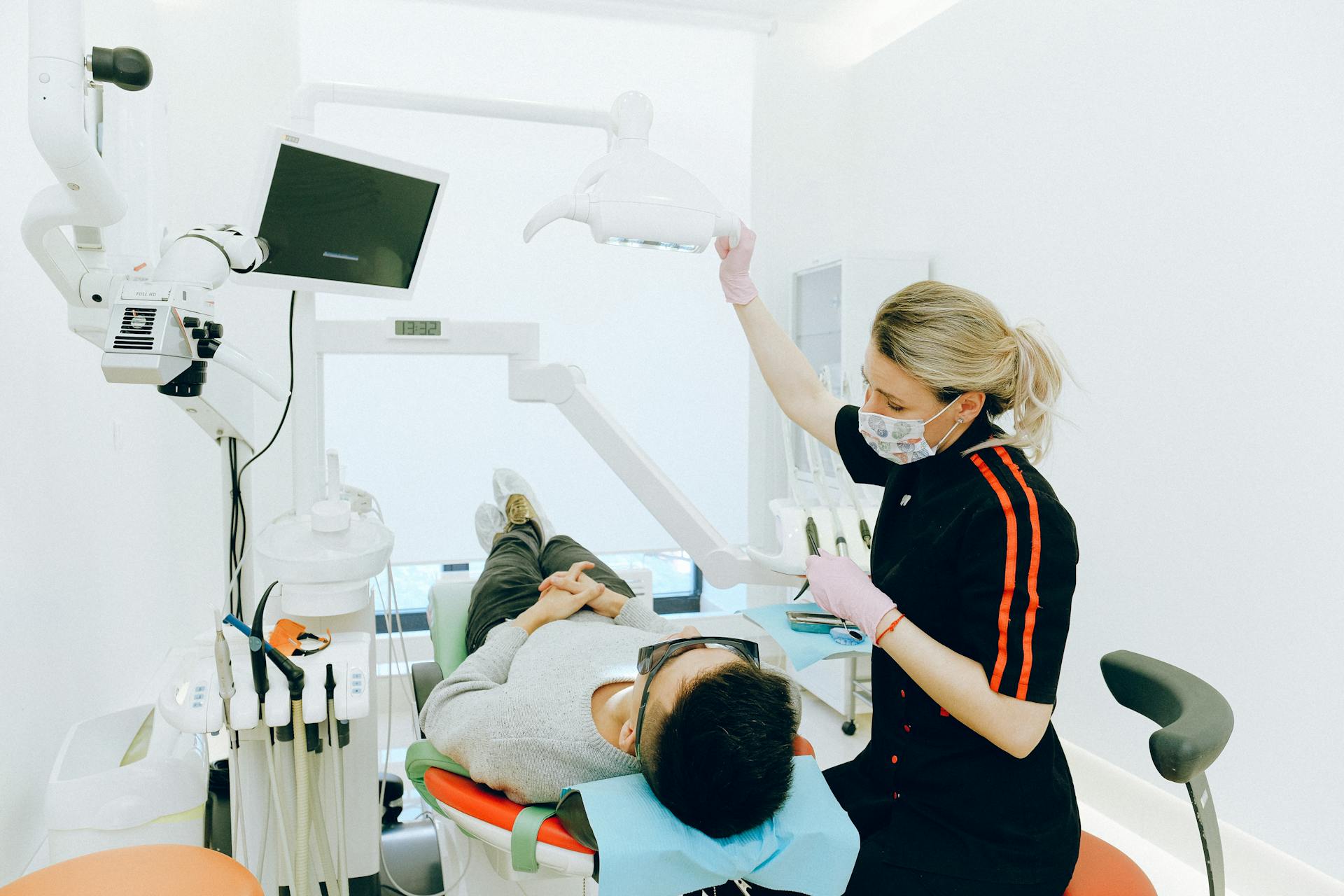
Dental bonding is a well-regarded cosmetic dentistry procedure that employs a dental resin to address minor misalignments, tooth discolouration, and gaps.
It serves to enhance both your smile and overall dental aesthetics. This non-invasive approach is specifically designed to improve tooth alignment and repair tooth structure without requiring extensive orthodontic appliances.
As a result, it presents an appealing option for many patients seeking to achieve a swift and effective smile enhancement.
How Is Dental Bonding Performed?
The dental bonding process is quite straightforward and is usually completed in a single dental appointment.
During this procedure, a skilled dentist applies a tooth-coloured resin using a bonding technique that adheres well to the tooth’s enamel and structure.
This treatment allows for immediate enhancements in both the appearance and functionality of the tooth, all while ensuring that the patient remains comfortable throughout the experience.
What Are The Steps Involved In Dental Bonding?
The steps involved in dental bonding are quite straightforward. It all begins with a consultation, where the dentist evaluates the tooth structure and discusses the treatment options available. This is followed by the bonding process itself, during which the dental materials are applied and shaped to achieve the desired repair.
In this initial appointment, the clinician conducts a thorough examination of the patient’s oral health and may take X-rays if necessary to determine if the bonding procedure is appropriate. Patient education is essential at this stage, as the dentist explains the bonding materials and their expected longevity.
Once the patient has a clear understanding and everything is agreed upon, the next step involves selecting a shade that closely matches the natural teeth.
After that, the surface of the tooth is etched to enhance the bonding process, and a composite resin material is applied. This resin is carefully moulded and smoothed before being hardened with a special light.
Once shaping and polishing are complete, the patient leaves with an improved smile, benefiting from professional guidance throughout the entire process.
What Are The Benefits Of Dental Bonding?
Dental bonding presents numerous benefits, making it a popular choice for individuals looking to improve their smiles.
This versatile treatment not only enhances the appearance of teeth but also serves as a cost-effective solution for addressing minor misalignments and tooth discolouration.
Many patients appreciate dental bonding for its quick application and the natural-looking results it delivers, contributing to high levels of satisfaction among those who undergo the procedure.
1. Quick And Painless Procedure
One of the notable advantages of dental bonding is that it is a quick and painless procedure, making it an excellent solution for various dental issues. Patients can achieve significant smile enhancements in just one appointment.
This non-invasive treatment effectively addresses a range of aesthetic concerns, including chips, gaps, and discolouration, while also significantly reducing the time spent in the dental chair. Many patients appreciate that the entire process can often be completed in under an hour, allowing them to return to their daily activities promptly.
The minimal discomfort associated with dental bonding enhances the overall patient experience, as there is frequently no need for anaesthesia. This combination of ease and efficiency makes dental bonding a preferred option for those seeking immediate results without the stress typically linked to more invasive dental procedures.
2. Cost-effective Solution
The cost of dental bonding is generally lower compared to other cosmetic dental procedures, making it an attractive option for individuals seeking enhancements without breaking the bank. This makes it an attractive choice for many who wish to improve their smile without overspending.
When compared to alternatives like veneers, which can be quite expensive due to the laboratory fabrication process involved, or orthodontic treatments that often require a lengthy commitment and higher fees, dental bonding clearly presents itself as a budget-friendly alternative.
For instance, while veneers can range from £800 to £2,500 per tooth depending on the materials used, dental bonding typically costs between £300 to £600 per tooth.
This substantial difference in price, coupled with the quick application process that usually requires just one visit, makes dental bonding a more appealing option for those seeking immediate results without the extended timelines associated with orthodontic solutions.
3. Natural-looking Results
One of the notable advantages of dental bonding is its capacity to deliver natural-looking results. The dental resin used in this procedure can be colour-matched to blend seamlessly with the patient’s existing teeth, ensuring a beautiful and cohesive improvement in their smile.
The customisation process involves selecting from various shades and opacities of resins, allowing for a tailored approach that specifically addresses the individual’s unique dental aesthetics. Skilled dental professionals have the expertise to manipulate the resin’s texture and translucency, closely mimicking the natural enamel surface.
This meticulous attention to detail not only enhances the overall visual outcome but also leads to greater patient satisfaction.
When performed correctly, dental bonding can effectively correct imperfections such as chips, gaps, and discolouration, resulting in a harmonious smile that boosts confidence and complements the patient’s facial features.
What Are The Risks Of Dental Bonding?

Dental bonding offers numerous advantages; however, it is important to recognise potential risks, such as tooth sensitivity and questions surrounding the longevity of the bonding material.
Being aware of these factors can assist patients in maintaining their oral health and making informed choices regarding their cosmetic dentistry options.
1. Sensitivity To Hot And Cold
One common side effect of dental bonding is sensitivity to hot and cold drinks, which may arise shortly after the procedure due to changes in the tooth’s structure and the bonding materials used.
This sensitivity can be attributed to several factors, such as the composition of the resin and the exposure of the underlying tooth during the bonding process. If the enamel is worn down or if the bonding material is not perfectly sealed, the nerves within the tooth may become irritated.
To manage this discomfort after the procedure, it is advisable to temporarily avoid extreme temperatures in food and drinks. Additionally, using toothpaste specifically designed for sensitive teeth can help alleviate any discomfort.
Regular follow-ups with a dental professional are also important, as they can ensure that the bonding remains intact and address any issues promptly, thereby preserving overall dental health.
2. Discolouration Over Time
One risk associated with dental bonding is the potential for discolouration over time, particularly if individuals do not maintain proper oral hygiene practices following the treatment. This can significantly impact the longevity of the bonding materials.
Several factors may contribute to this discolouration, including dietary choices, such as the consumption of staining beverages like coffee or red wine, as well as habits like smoking. Additionally, certain medications and inadequate oral care routines can further worsen the situation.
To preserve the appearance of dental bonding, it is essential for individuals to prioritise daily brushing with non-abrasive toothpaste and to engage in regular flossing to prevent plaque build-up. Routine dental check-ups are also vital, as dental professionals can provide professional cleanings and personalised tips to help maintain the aesthetic appeal and longevity of the bonding materials.
By remaining mindful of these practices, individuals can significantly enhance the lifespan and appearance of their dental enhancements.
Who Is A Good Candidate For Dental Bonding?
Candidates for dental bonding are usually those who have minor cosmetic concerns, such as crooked teeth, gaps, or tooth discolouration.
It is important that they maintain good oral health and are looking for a timely solution to enhance their smile.
1. Minor Cosmetic Issues
Individuals with minor cosmetic concerns, such as small chips or gaps, are excellent candidates for dental bonding, as this procedure offers a straightforward and effective means of enhancing one’s smile.
This innovative approach allows for the restoration of a natural appearance, easily addressing issues like discolouration or uneven teeth. By applying a tooth-coloured resin to the affected areas, dental bonding effectively conceals imperfections, leading to a more polished and uniform smile.
One of the notable advantages of dental bonding is that it can often be completed in a single visit and requires minimal preparation. This makes it an appealing option for those seeking quick results without the need for invasive procedures.
Furthermore, the durability of the material ensures that individuals can enjoy their enhanced appearance for years, boosting their confidence in social interactions.
2. Good Oral Health
For successful outcomes in dental bonding, candidates need to maintain good oral health, ensuring there are no underlying dental issues that could impact the bonding process or the durability of the results.
Before proceeding with the bonding procedure, a comprehensive dental evaluation is necessary. During this assessment, the dentist will carefully examine the candidate’s teeth, gums, and overall oral hygiene.
This thorough evaluation is crucial as it helps identify any potential issues, such as cavities or gum disease, that need to be addressed to ensure the bonding material adheres properly and remains effective over time. By understanding the patient’s dental history, the dentist can determine the most appropriate approach to achieve impressive and lasting results, enhancing both the aesthetics and functionality of the teeth.
How To Prepare For A Dental Bonding Procedure?
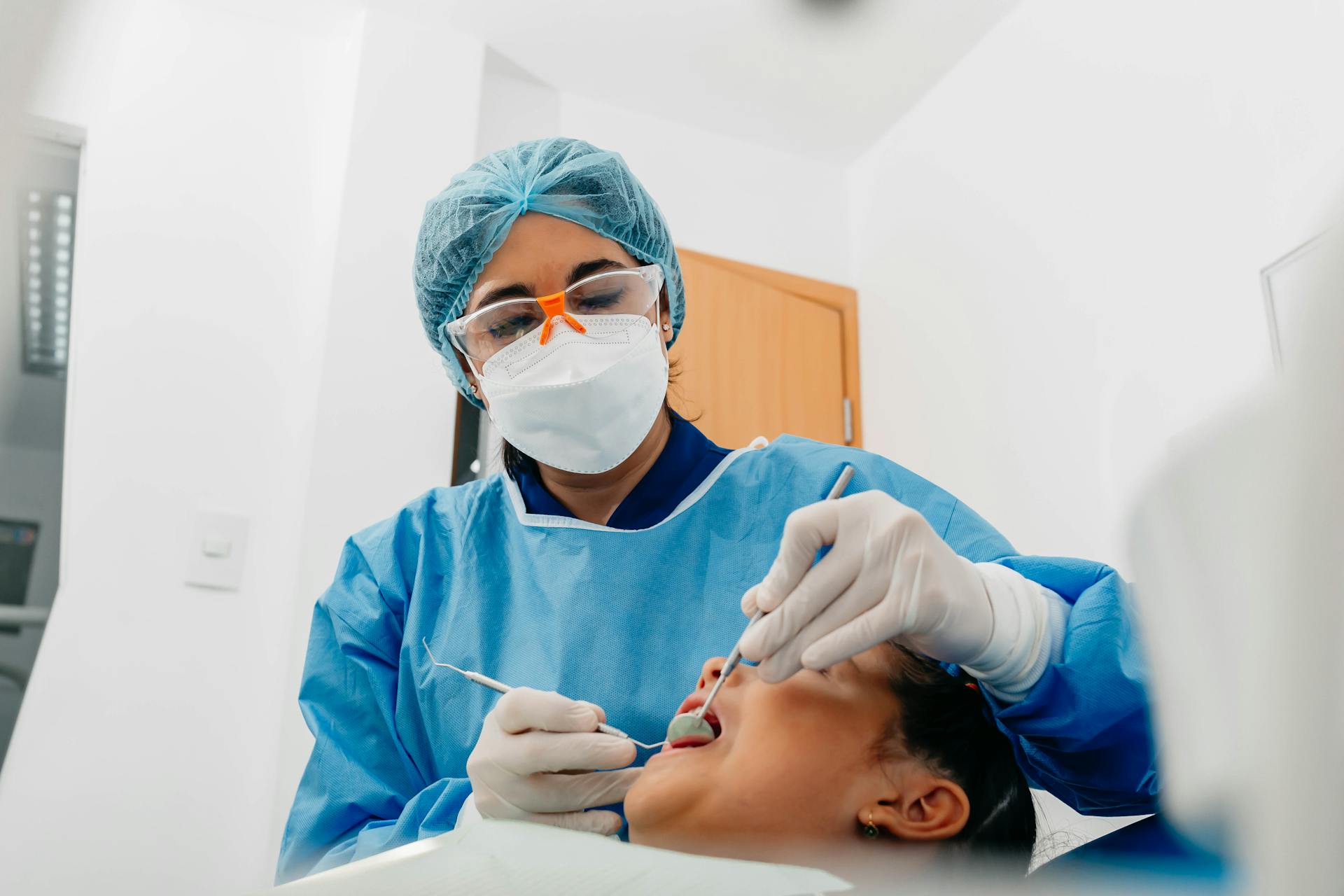
Preparing for a dental bonding procedure begins with scheduling a consultation with your dentist. During this meeting, you can discuss various treatment options and assess whether your oral health is in good condition.
This preparation is essential for ensuring a smooth dental appointment and achieving a successful outcome.
1. Consultation With A Dentist
The first step in preparing for dental bonding involves scheduling a consultation with a dentist. During this meeting, the dentist will evaluate your oral health and discuss the various treatment options that best meet your specific needs.
In this initial appointment, patients can expect a thorough examination, which may include X-rays to assess the underlying structure of their teeth. The dentist will also ask about any previous dental work, oral habits, and aesthetic goals.
Based on this comprehensive assessment, the dentist will recommend the most effective approach to dental bonding, whether it is intended to correct chips, gaps, or discolouration. By understanding the patient’s expectations and carefully evaluating their dental condition, the dentist aims to create a personalised treatment plan that not only enhances the smile but also ensures the durability and functionality of the bonded areas.
2. Avoiding Certain Foods And Drinks
In preparation for dental bonding, it is advisable to avoid certain foods and beverages that may cause discomfort or sensitivity, which can help facilitate a smoother experience during and after the procedure.
Before the bonding process, individuals should consider steering clear of highly acidic foods and drinks, such as citrus fruits and fizzy drinks, as these can lead to enamel erosion and heightened sensitivity. Additionally, extremely hot or cold items, like ice cream or hot soup, may increase discomfort around the treated areas.
Incorporating soft foods into the diet, such as yoghurt and mashed potatoes, can also be beneficial. Staying hydrated with plenty of water is essential, and choosing nutrient-rich options can support overall oral health.
After the procedure, it is prudent to continue avoiding staining agents like coffee and red wine to preserve the appearance of the bonding.
How To Care For Bonded Teeth?
Caring for bonded teeth is crucial for preserving both their appearance and function. This involves maintaining consistent dental hygiene practices and engaging in regular oral care.
By doing so, one can ensure the longevity of the bonds and prevent issues such as discolouration and tooth sensitivity.
1. Good Oral Hygiene
Maintaining good oral hygiene is essential for bonded teeth, as it helps prevent plaque build-up and potential staining, ensuring that the aesthetics of your dental work remain appealing over time.
To effectively care for these restorations, it is important to adopt specific oral hygiene practices that cater to your individual needs. Daily brushing with a non-abrasive toothpaste can effectively remove food particles and bacteria, while using gentle, circular motions will help minimise the risk of damaging the bond.
Flossing plays an equally vital role; employing waxed dental floss allows it to glide smoothly between teeth and around bonded areas, preventing plaque accumulation in hard-to-reach spots.
Additionally, scheduling regular dental check-ups will enable professional monitoring of the bonded surfaces. This way, any necessary adjustments or cleaning can be performed to maintain both oral health and the pristine appearance of the bonded materials.
2. Avoiding Staining Foods And Drinks
To maintain the appearance of bonded teeth, it is advisable to avoid foods and beverages known to cause staining. This approach can significantly help preserve the improvements achieved during the dental bonding procedure.
In particular, drinks such as coffee, tea, and red wine can greatly affect the colour integrity of the bonding materials. Additionally, certain foods like berries, tomato sauce, and soy sauce can contribute to discolouration, making it essential to be mindful of your dietary choices shortly after the treatment.
Furthermore, acidic items like citrus fruits and vinegar-based dressings can not only lead to staining but may also weaken the bond over time. By exercising caution with these food options, one can not only help maintain the aesthetic appeal of their smile but also potentially extend the longevity of the dental bonding.
Is Dental Bonding A Permanent Solution For Crooked Teeth?
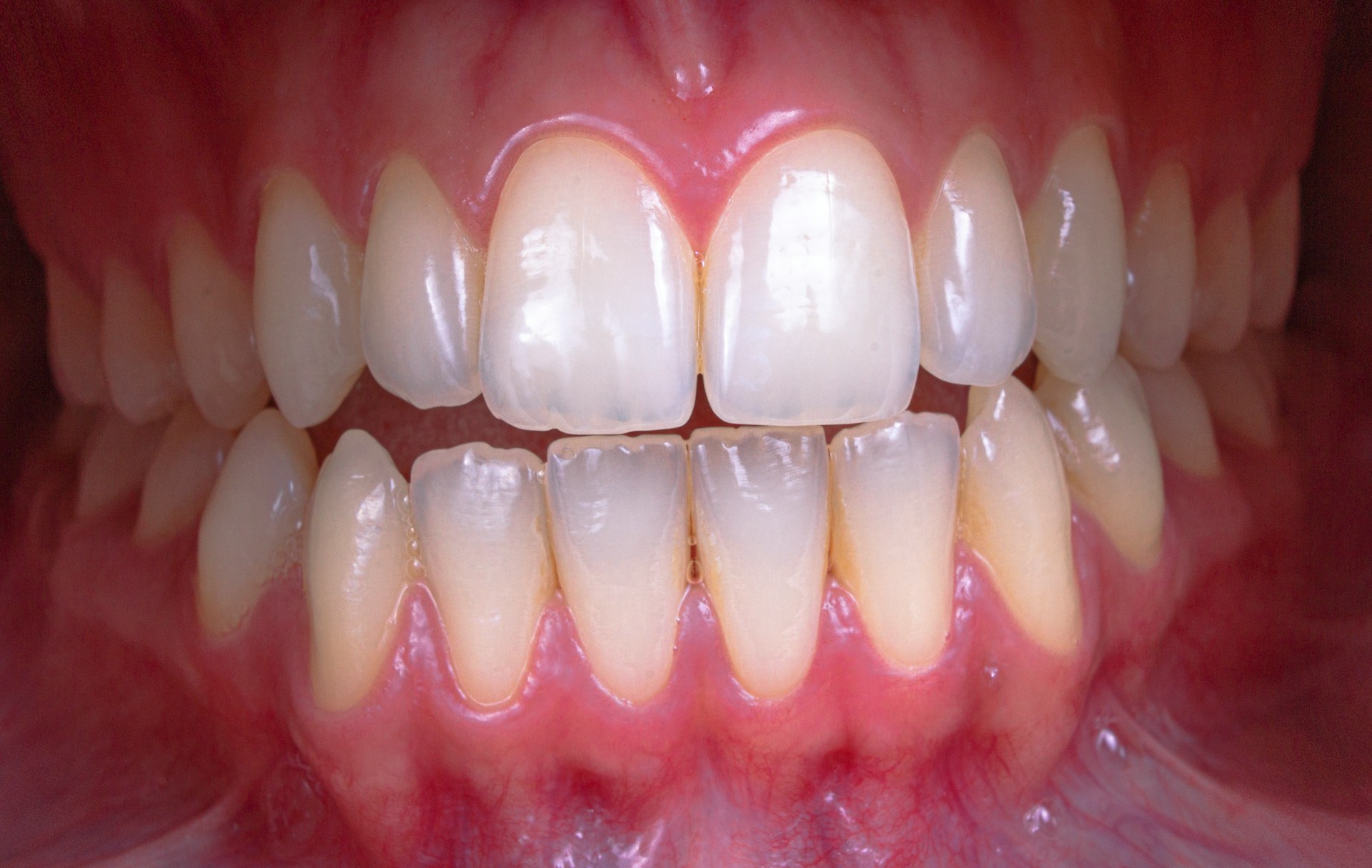
While dental bonding can effectively address minor crooked teeth and enhance tooth alignment, it’s crucial to understand the duration of dental bonding. This cosmetic procedure typically lasts several years, but its longevity can vary depending on individual factors and lifestyle habits. Significant malocclusion may require more comprehensive orthodontic treatment for long-term results.
Unlike braces or clear aligners, which gradually reposition teeth over time, dental bonding offers immediate aesthetic improvement but does not possess the durability and strength required for lasting changes. Over time, patients may find that the bonding material experiences wear or chipping, which could lead to the need for repairs or replacements.
On the other hand, orthodontic options are specifically designed to achieve lasting alignment and have been shown to maintain results for many years with appropriate retention. Therefore, for individuals dealing with more severe alignment issues, it may be beneficial to consider traditional braces or newer orthodontic methods as potentially more effective and long-lasting solutions.
Frequently Asked Questions
What is dental bonding for crooked teeth?
Dental bonding is a cosmetic procedure in which a tooth-coloured resin material is applied to the surface of crooked teeth to improve their appearance. It is a quick fix solution for those looking to straighten their teeth without braces or other orthodontic treatments.
How does dental bonding for crooked teeth work?
The dentist will first prepare the surface of the teeth by roughening them and applying a conditioning liquid. Then, the resin material will be applied and moulded into the desired shape. A special light is used to harden the resin, and then it is polished for a smooth finish.
What are the benefits of dental bonding for crooked teeth?
Dental bonding is a quick and affordable solution for straightening crooked teeth. It can also improve the appearance of chipped or discoloured teeth. The procedure is minimally invasive and can be completed in one dental visit.
Is dental bonding for crooked teeth a permanent solution?
No, dental bonding is not a permanent solution. The resin material used is not as strong as natural teeth, so it may need to be replaced after several years. However, with proper care, dental bonding can last for many years.
Are there any risks or side effects of dental bonding for crooked teeth?
Like any dental procedure, there are some risks associated with dental bonding. These include allergic reactions to the materials used, tooth sensitivity, and the risk of the bonded material chipping or breaking. However, these risks are rare and can be minimised by choosing an experienced and qualified dentist.
Who is a suitable candidate for dental bonding for crooked teeth?
Dental bonding is a suitable option for individuals with minor crookedness or misalignment of their teeth. It is not recommended for those with severe crowding or bite issues. A consultation with a dentist can help determine if dental bonding is the right solution for your specific case.
